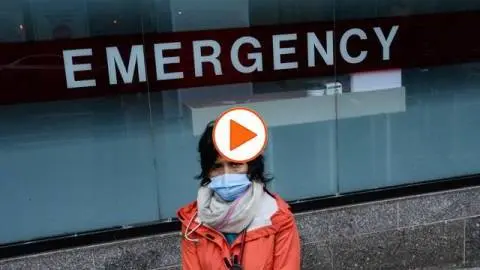How global emergency economic measures compare?
The coronavirus pandemic has caused governments around the world to announce emergency measures to battle the economic fallout. Governments have learned from the global financial crisis and have taken relatively similar relief measures. Differences are large in terms of size though, which is likely to be key
Fiscal spending to the rescue!
Globally, measures taken by governments to mitigate the economic impact of the Covid-19 crisis all roughly follow similar lines.
Support has been given to keep people at work, taxes have been deferred, various forms of household income support have been granted, and liquidity and guarantees have been provided to make sure that healthy businesses do not go bankrupt in the period of restrictive economic measures and its aftermath. Differences in size are large though, with countries like Australia spending a share of GDP in double-digits, while Japan is spending just 0.1% of GDP.
It's not easy comparing these numbers as spending takes different forms over different timeframes and the lines aren't always clear between guarantees, loans and cash out fiscal stimulus.
Fiscal measures are similar around the globe, but very different in size and detail
Monetary policy so far
Monetary policy has been quick to react to the Covid-19 outbreak, and in many cases central banks are pretty much ‘all-in’ with their efforts to support the economy. The table below shows what’s been done so far across the major central banks, and what might still be possible.
Central bank actions compared
This publication has been prepared by ING solely for information purposes irrespective of a particular user's means, financial situation or investment objectives. The information does not constitute investment recommendation, and nor is it investment, legal or tax advice or an offer or solicitation to purchase or sell any financial instrument. Read more
Download
Download article
2 April 2020
Covid-19: A virus-driven ice age This bundle contains 10 Articles

